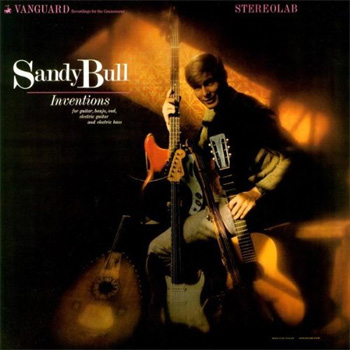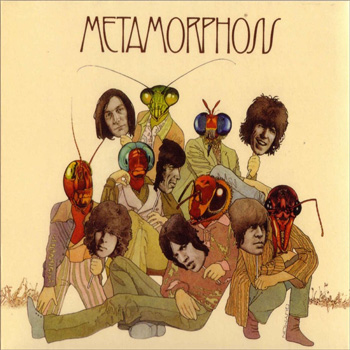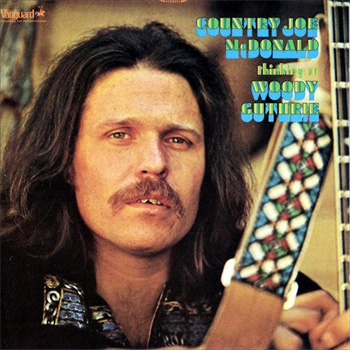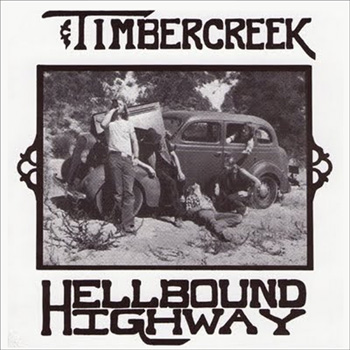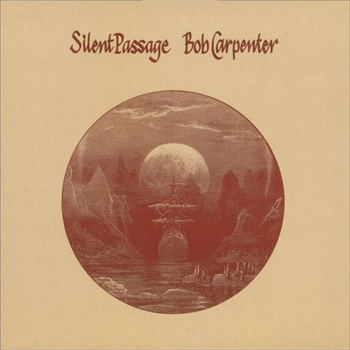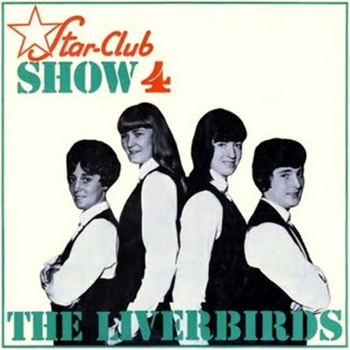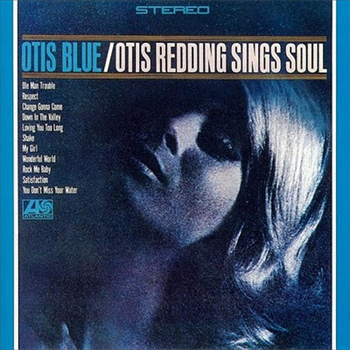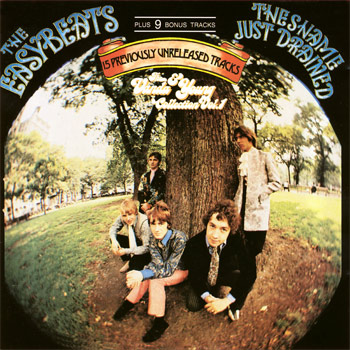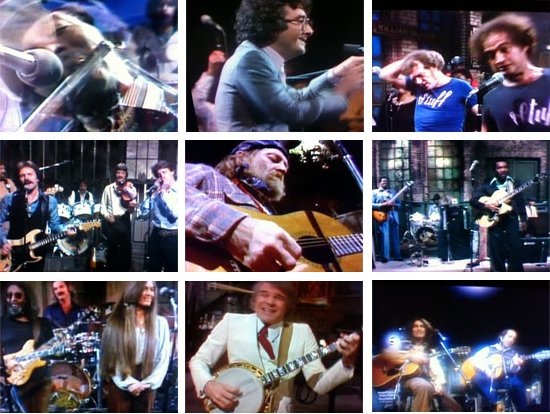Moris “Treinta Minutos De Vida”
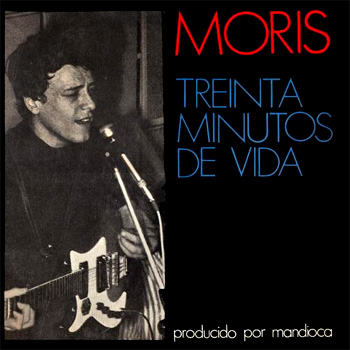
Mauricio Birabent started his musical career as guitarist the groundbreaking Argentinian rock and roll band Los Beatniks, who released Rebelde, a scorcher of a 45, to mild commercial success in 1966. Along with Los Gatos and their legendary recording of La Balsa, the song was one of the earliest examples of Argentina’s emerging rock nacional scene, which took the energetic sound of groups like the Rolling Stones and reshaped it with Spanish lyrics and South American influences. However, Los Beatniks soon broke apart due to the censorship and oppression of Carlos OnganÃa’s conservative military government, and Birabent found himself performing on his own, under the nickname Moris.
His debut LP, Treinta Minutos de Vida (or Thirty Minutes of Life, referencing the approximate running time of the record) was recorded for the fledgling Mandioca Records label in 1970. It represented a move towards psychedelic folk rock, with acoustic guitars and literate lyrics replacing the wild stomp and shout explored by Los Beatniks. The raw, minimalist production of Treinta Minutos may have been striking at the time, but in hindsight it is highly refreshing when contrasted with the slick, plastic sound many of Moris’ contemporaries would soon be wallowing in. Argentina’s independent music scene was just starting to test its wings at this time, and many of the records produced in the late 1960s and early 1970s illustrate musicians building their own recording studio standards from scratch.
The songs on the record are uniformly strong, a number of them having come from his recent past, such as Ayer Nomás, which had actually been made into a hit single by Los Gatos. However, the most famous song here is arguably the opening cut, El Oso, or The Bear, which would soon become an Argentinian standard and almost a rite-of-passage for fledgling singers. The words speak of a bear who once roamed free in the forest, only to be taken into captivity by man and trained to perform for the circus “ an intriguing, if straightforward narrative allegory. Despite the many adaptations this tune has seen through the years, the bare-bones recording here is arguably the definitive take.
Additional highlights include the nearly eight minute lyrical odyssey De Nada Sirve and Esto Va Para Atras, which is marked by righteous fuzz guitar, whirring organ, and reverberating vocals. The seventh song, Piano de Olivos, is perhaps the weirdest departure of them all, being a instrumental that for all the world sounds like a psychedelic slinky jumping a staircase of pianos – and of course I mean that as a compliment, wouldn’t you?
Treinta Minutos de Vida has only been re-released on compact disc in Argentina, but import copies are relatively easy to find, and worth tracking down. After this record Moris would start to tone down the psychedelic flourishes in his recordings and accentuate the tango and 1950s rock and roll influences, culminating with a hit recording of Carl Perkins’ Blue Suede Shoes in the late 1970s.
“Esto Va Para Atras”
![]() Reissue | 2003 | Sony | buy ]
Reissue | 2003 | Sony | buy ]
![]() Original | 1970 | Mandioca | search ]
Original | 1970 | Mandioca | search ]
